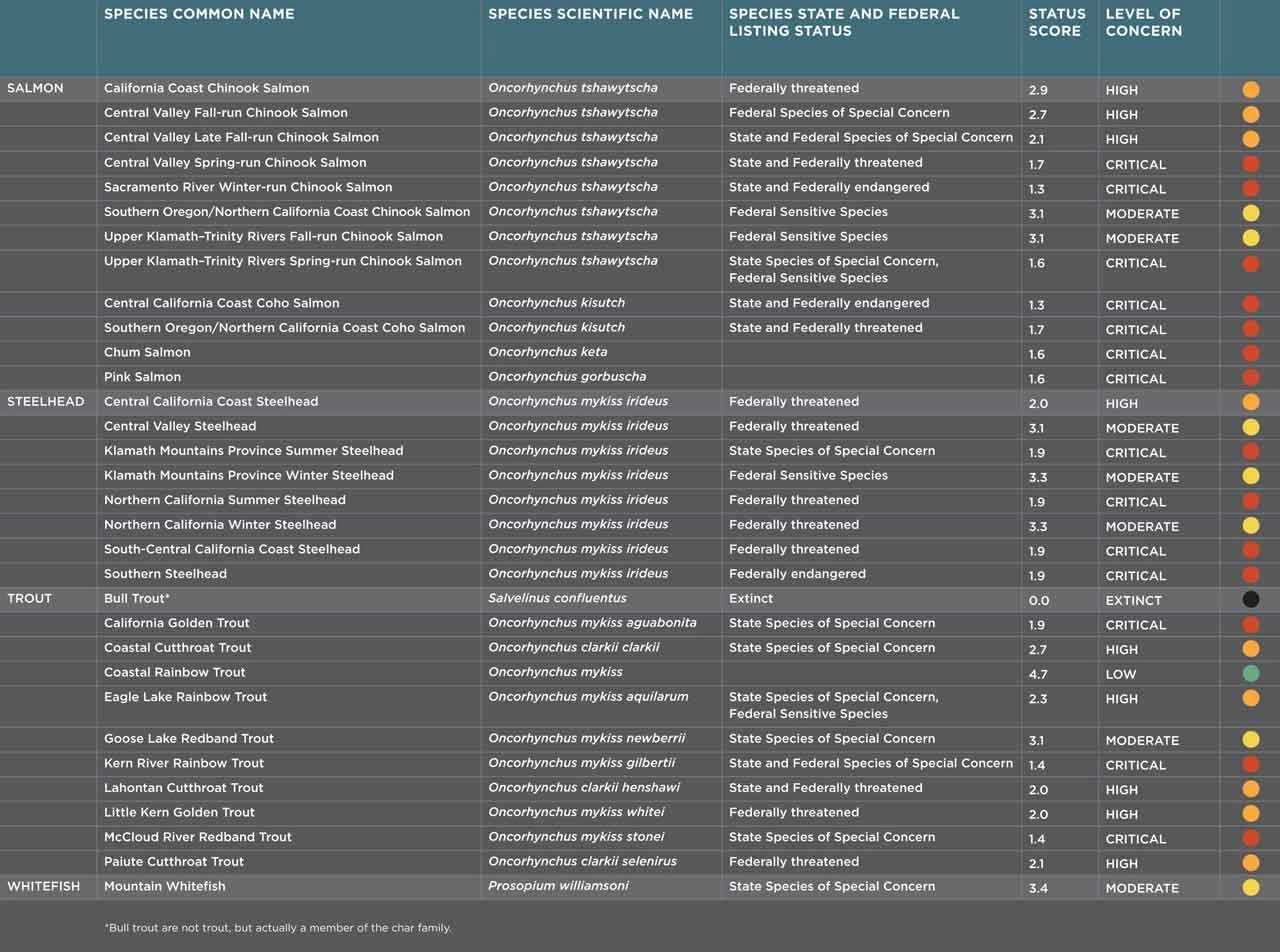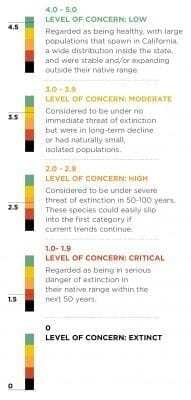Readying Steelhead & Salmon for Dam Removal
The Shasta River is a relatively short, but unique high dessert-like spring creek north of Mount Shasta. It is a critically important and historically productive tributary to the Klamath River. As the last major tributary to the Klamath before Iron Gate Dam, the Shasta River population of Chinook and coho salmon and steelhead will be the primary natural populations to colonize the area above the Klamath dams once removed in 2020. Chinook salmon numbers historically topped 80,000 but declined precipitously due to habitat decline and unfavorable water management approaches.
Conservation Goals
- Enhance anadramous fish runs to a ten-year average of 10,000 returning adult fall-run Chinook, 2,000 adult coho, and 2,000 adult steelhead.
- Expand and connect cold water refugia for summertime rearing of coho salmon by five miles in Parks Creek and the Shasta River above County Road A12.
Recent Accomplishments
- CalTrout has been working in partnership with The Nature Conservancy and UC Davis to address a full-spectrum of habitat and water management improvements. In fall of 2012, ~ 29,000 Chinook salmon returned, a significant rebound in numbers. Out-migration numbers this spring already are estimated at over 3 million juveniles, suggesting future returns at greater than 60,000 adults. We take this as clear encouragement that our recovery efforts are on the right path.
- ESA and California ESA listed coho salmon numbers are still low. In 2013, a charter was signed with the Siskiyou County Water Agency in support of a “coho supplementation effort” using Klamath coho stocks to replenish the dwindling Shasta River populations.
What We Will Accomplish in 2013-14
- Implement the Cardoza diversion fish passage improvement project.
- Continue to fund Humboldt State University/CA DFW coho tagging program to track juvenile coho survival and habitat use.
- Assess and implement a coho spawning supplementation project to jumpstart in-stream recovery.
- Develop flow, monitoring and water management plans with landowners, agencies and Farm Bureau to ensure flow regularity and incentives to improve habitat.
Key Partners: UC Davis, The Nature Conservancy, California Department of Fish & Game, Shasta Valley Resource Conservation District


 Dams block access to historical spawning and rearing habitats. Downstream, dams alter the timing, frequency, duration, magnitude, and rate of change of flows decreasing habitat quality and survival.
Dams block access to historical spawning and rearing habitats. Downstream, dams alter the timing, frequency, duration, magnitude, and rate of change of flows decreasing habitat quality and survival.


 Human use of streams, lakes, and surrounding watersheds for recreation has greatly increased with population expansion. Boating, swimming, angling, off-road vehicles, ski resorts, golf courses and other activities or land uses can negatively impact salmonid populations and their habitats. The impacts are generally minor; however, concentration of multiple activities in one region or time of year may have cumulative impacts.
Human use of streams, lakes, and surrounding watersheds for recreation has greatly increased with population expansion. Boating, swimming, angling, off-road vehicles, ski resorts, golf courses and other activities or land uses can negatively impact salmonid populations and their habitats. The impacts are generally minor; however, concentration of multiple activities in one region or time of year may have cumulative impacts.













